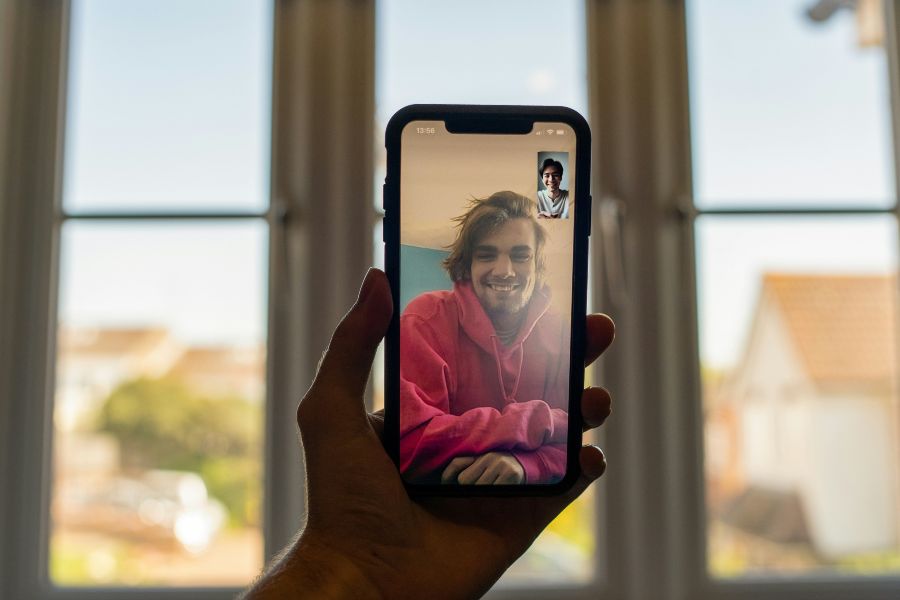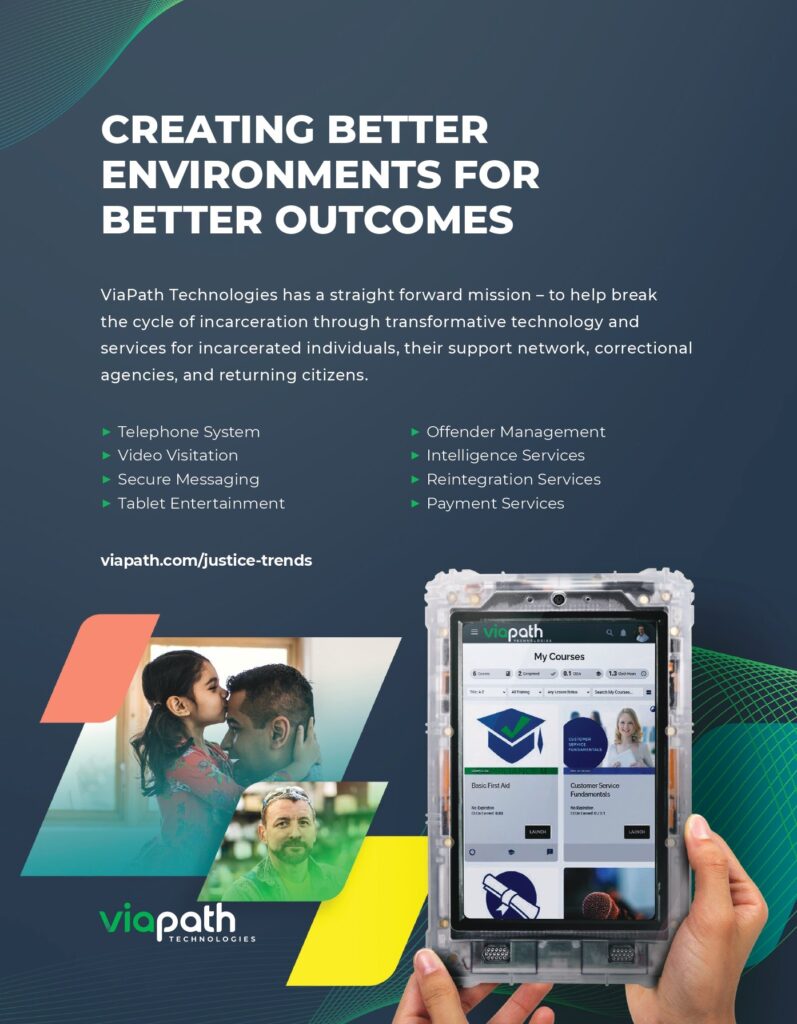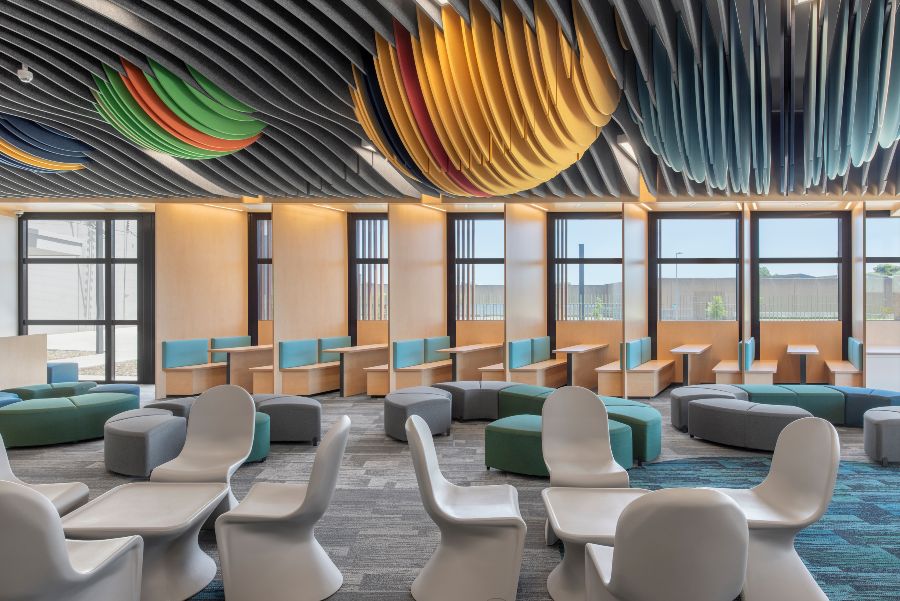Article
Deborah H. Alderson
In correctional facilities, staying in touch with family and friends can be really tough. Usually, it’s up to the incarcerated person to make the first move, but that can be emotionally draining and hard to do. Besides that, there are issues like limited phone hours and long lines that make it even harder to keep in touch.
Corrections communication providers are rethinking how technology can help families, and new digital messaging and video visitation systems are making a big difference.
Empowering their outside support network to initiate communication is not just about convenience; it’s about hope and connection. Maintaining family ties is critical for rehabilitation, and new technologies are making it easier for outside contacts to bridge the gap without relying solely on incarcerated individuals to make the first move.
Breaking the barriers of tradition
Prison phone systems have long restricted incoming calls—they lack the ringers and notifications that are standard in everyday life. Some newer systems let people leave voicemails, but those aren’t instant, and the person inside needs to enter a PIN and go through a menu to check messages.
Most facilities still allow incarcerated populations to receive postal mail, but it is slower than regular mail. Mail is often scanned or photocopied to prevent contraband, then printouts are reviewed, sorted, and hand-delivered by staff, which delays delivery. In the age of instant digital communication, waiting a week for a reply feels like an eternity.
A shift toward empowerment with Digital Solutions
For incarcerated people, time moves differently. If they can’t connect over the phone, they might keep trying all day. Family members, seeing missed calls and having no way to call back, can feel worried. Finally connecting only to find out there’s no emergency can be frustrating.
The one thing many incarcerated people have is unscheduled time. Their family members, however, often have busy lives with kids and work that leaves little time for personal calls. Letting family members call when it’s convenient for them can make a big difference and improve the quality of their conversations.
By allowing friends and family to send a message, with an immediate notification on a facility-issued tablet, the process becomes more immediate and familiar. Other features like “presence” indicators let both parties know when the other is logged in and available—similar to popular messaging apps.
Video calls that bring hope
Perhaps the most transformative shift is in video communication. Unlike traditional video visitation, some newer systems allow unscheduled video calls. Imagine the power of seeing a familiar name pop up—a notification that someone is reaching out, right now. For incarcerated individuals, this can transform their
experience. Knowing that a loved one could call at any moment brings a sense of connection, hope, and normalcy.
For facilities where incarcerate individuals share touchscreen devices, the notification can be a visual or audio alert to all inactive tablets in the same living area. For facilities where devices assigned to an individual, this notification can be triggered on just one device. While the outside party is waiting, the incarcerated individual can log in, if they aren’t already, and connect over video.
J. Barry Brady, Jailer for Marion County Detention Center in Kentucky, USA, whose facility allows both incoming video visits and digital messages, explained, “Allowing family members to initiate contact gives incarcerated individuals a sense of connection and hope.” He added, “It can make a significant difference in their emotional well-being, knowing that their loved ones are reaching out.“
Corrine, whose brother is incarcerated at Snake River Correctional Facility in Oregon, USA, shared, “The communication apps we use are a lifeline. My brother and I may live in different worlds but seeing when he’s online and being able to send a quick message brings us closer. Sometimes, I just ask him to call when he can, instead of waiting until our usual Sunday call.“
A positive change for all
The ability to start communication is something most people take for granted, but for incarcerated individuals, being able to get an incoming message can mean the difference between feeling isolated and connected. By letting their outside contacts take the lead, we create an environment where hope and support are more accessible. Most incarcerated people are released at some point, and keeping healthy connections helps reduce the challenges of reintegration and lowers the chances of reoffending. These changes benefit not only the individuals involved but also the correctional system as a whole, fostering rehabilitation and reducing recidivism.
As technology evolves, so should our approach to human connection. Making it easier for families to connect, without traditional barriers, is a step towards a more humane correctional experience—one that can make all the difference.

Deborah H. Alderson is CEO of ViaPath Technologies. A leader in the corrections industry, ViaPath Technologies has a straight forward mission to help break the cycle of incarceration through transformative technology and services for incarcerated individuals, their support networks, and correctional agencies. Alderson served more than 25 years in executive-level leadership positions working in national security, including as CEO at Sotera Defense and Chief
Operating Officer at SRA International. Since being named CEO of ViaPath in 2018, Alderson has focused on reducing recidivism by preparing individuals to reintegrate into society with the tools and connections needed to succeed.



